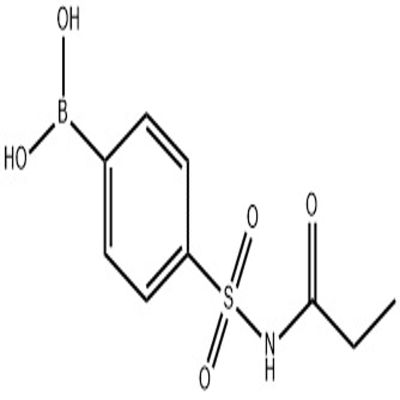-
Categories
-
Pharmaceutical Intermediates
-
Active Pharmaceutical Ingredients
-
Food Additives
- Industrial Coatings
- Agrochemicals
- Dyes and Pigments
- Surfactant
- Flavors and Fragrances
- Chemical Reagents
- Catalyst and Auxiliary
- Natural Products
- Inorganic Chemistry
-
Organic Chemistry
-
Biochemical Engineering
- Analytical Chemistry
- Cosmetic Ingredient
-
Pharmaceutical Intermediates
Promotion
ECHEMI Mall
Wholesale
Weekly Price
Exhibition
News
-
Trade Service
2,6-Dihydroxy-5-fluoro-3-cyanopyridine is an important intermediate in the production of various pharmaceuticals, agrochemicals, and other chemical products.
The synthesis of this compound involves various steps, and the choice of the synthetic route depends on the availability of starting materials, the cost, and the desired purity of the product.
In this article, we will discuss some of the synthetic routes that are commonly used to synthesize 2,6-dihydroxy-5-fluoro-3-cyanopyridine.
- Leuckart's reagent route: This is a classic route for the synthesis of 2,6-dihydroxy-5-fluoro-3-cyanopyridine, which involves the use of Leuckart's reagent (nitrosonium trifluoride) as a powerful oxidizing agent.
The reaction proceeds through a series of steps, including the formation of a phenylnitronium salt, which is then hydrolyzed to give the desired product.
This route is relatively simple and can be used to prepare large quantities of the compound, but it requires careful handling of the reactive reagents and is not suitable for non-aqueous solvents. - Electrophilic substitution route: This route involves the use of an electrophile, such as chlorine or bromine, to substitute for one of the hydrogen atoms in the precursor compound, which is then reduced to give the desired product.
The reaction can be carried out using hydrogen chloride or hydrogen bromide in the presence of a Lewis acid catalyst, such as aluminum chloride or ferric chloride.
This route is highly versatile and can be used to synthesize the compound from a variety of precursors, including 2,6-diaminopyridine and 5-fluoro-2,3-dihydroxypyridine. - Halogenation route: This route involves the use of a halogen, such as chlorine or bromine, to substitute for one of the hydrogen atoms in the precursor compound.
The reaction can be carried out using hydrogen chloride or hydrogen bromide in the presence of a Lewis acid catalyst, such as aluminum chloride or ferric chloride.
This route is also versatile and can be used to synthesize the compound from a variety of precursors, including 2,6-diaminopyridine and 5-fluoro-2,3-dihydroxypyridine. - Reductive nitration route: This route involves the use of nitric acid as a reductive agent to convert the precursor compound into the desired product.
The reaction can be carried out using nitric acid in the presence of a reducing agent, such as lithium aluminum hydride or tin(II) chloride.
This route is less common than the other routes and is not suitable for all precursors.
In conclusion, there are several synthetic routes available for the synthesis of 2,6-dihydroxy-5-fluoro-3-cyanopyridine, and the choice of route depends on the available starting materials, the desired purity of the product, and the cost of the synthesis.
These routes provide a good starting point for the synthesis of this important intermediate and can be modified and optimized to suit specific requirements.





![1-METHYL-4-[5-(4,4,5,5-TETRAMETHYL-1,3,2-DIOXABORALAN-2-YL)PYRIDINE-2-YL]PIPERAZINE](https://file.echemi.com/fileManage/upload/goodpicture/20210822/m20210822160345712.jpg)

